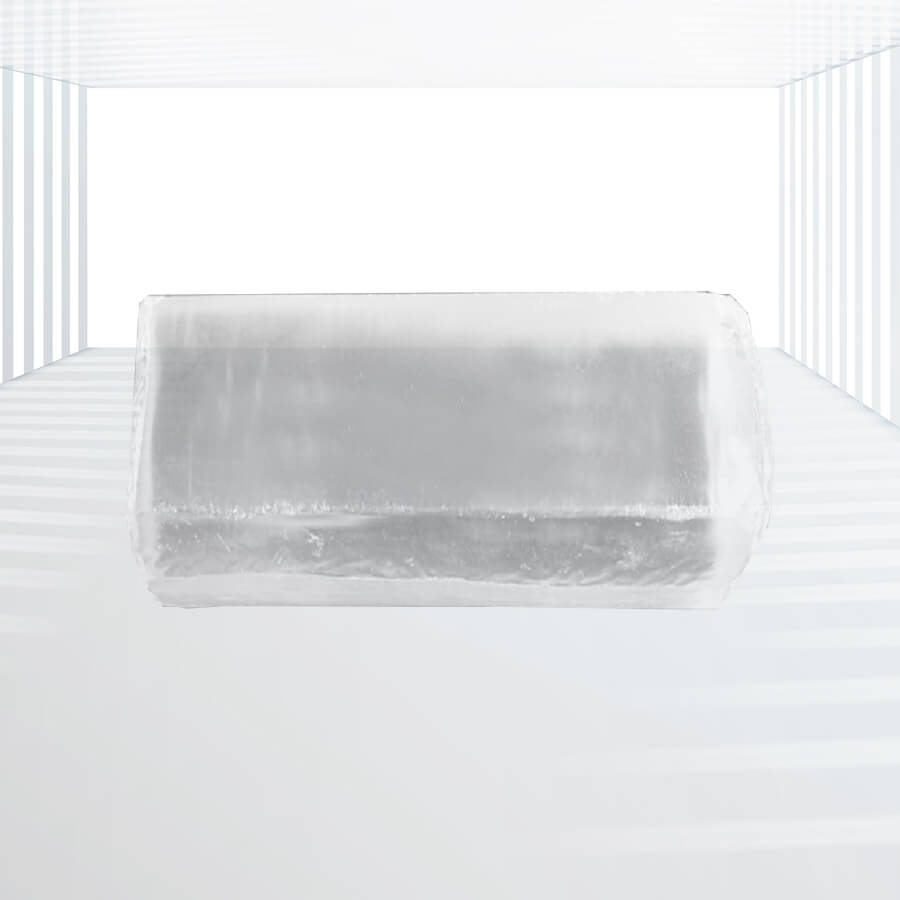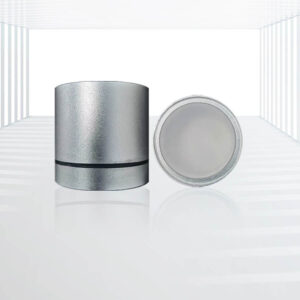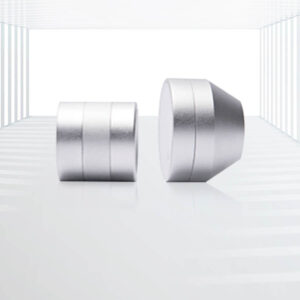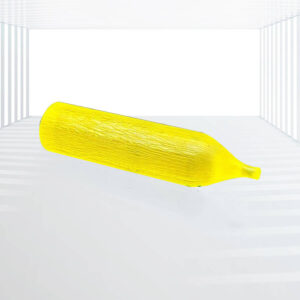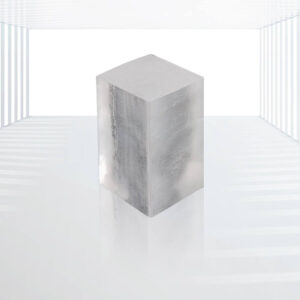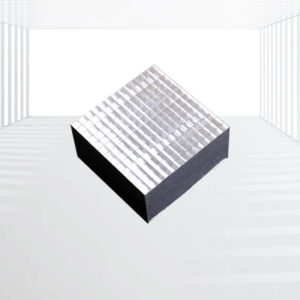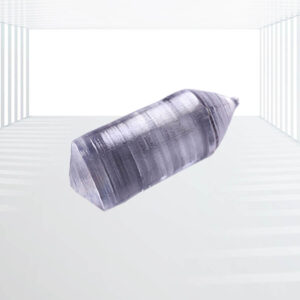PbWO4 Crystals
Main Advantages: High Density, Short Radiation Length, Small Molière Radius, Strong Radiation Hardness, Scintillation Light Output, Fast Decay Time, Optical Stability, Versatility
Applications: High-Energy Physics Experiments, Medical Imaging, Particle Detectors, Calorimetry, Calorimetry, Gamma-Ray Spectroscopy, Nuclear Physics Research, Astronomy and Space Applications
PbWO4 Crystal
Lead tungstate (PbWO4), a novel scintillating crystal, stands out as one of the densest oxide crystals, with a density of 8.3 g/cm³. It boasts a short radiation length of 0.9 cm, a small Molière radius of 2.19 cm, and exceptional irradiation hardness. The scintillation light output of PbWO4 peaks in the blue-green spectral region (450-550 nm), accompanied by a fast component decay time ranging from 2 to 20 nanoseconds. Notably, after exposure to gamma-ray irradiation up to 10⁶ rad, the degradation in optical transmittance remains minimal, highlighting its stability under harsh conditions. As such, PbWO4 is widely regarded as a promising scintillation material for high-energy electromagnetic spectrometers in physics experiments and medical applications.
Property:
| Properties | Value | Unit |
| Density | 8.28 | g/cm3 |
| Radiation Length | 0.92 | cm |
| Decay Constant | 6/30 | ns |
| Wavelength of Emission Peak | 440/530 | nm |
| Light yield(of NaI:Tl) | 0.5 | % |
| Melting Point | 1396 | K |
| Hardness | / | mohs |
| refractive Index | 2.16 | / |
| Hygroscopic | no | / |
| Cleavage | (101) | / |
Main Advantages:
- High Density
Advantage: PbWO₄ has a high density of 8.3 g/cm³.
Benefit: This high density provides substantial stopping power for high-energy photons, which enhances the accuracy and effectiveness of radiation detection and imaging systems.
- Short Radiation Length
Advantage: The radiation length of PbWO₄ is 0.9 cm.
Benefit: This short radiation length improves the interaction efficiency of high-energy photons, contributing to compact and precise detector designs.
- Small Molière Radius
Advantage: PbWO₄ has a small Molière radius of 2.19 cm.
Benefit: The small Molière radius allows for compact electromagnetic showers, enhancing spatial resolution and measurement precision in detectors.
- Strong Radiation Hardness
Advantage: PbWO₄ exhibits strong resistance to radiation damage.
Benefit: The crystal maintains its performance and optical properties even after exposure to high radiation levels, making it suitable for high-radiation environments.
- Scintillation Light Output
Advantage: The scintillation light output peaks between 450 and 550 nm.
Benefit: This range aligns well with the sensitivity of common photodetectors, ensuring efficient light collection and accurate measurement.
- Fast Decay Time
Advantage: PbWO₄ has a fast decay time ranging from 2 to 20 ns.
Benefit: The rapid light output decay improves time resolution and minimizes signal overlap in fast-paced experiments and imaging applications.
- Optical Stability
Advantage: The degradation in optical transmittance after irradiation is minimal up to 10⁶ rad.
Benefit: This optical stability ensures long-term reliability and performance in high-radiation environments.
- Versatility
Advantage: PbWO₄ is applicable in both high-energy physics experiments and medical imaging.
Benefit: Its excellent properties make it a versatile choice for a range of advanced applications, from particle detectors to diagnostic imaging systems.
Applications:
- High-Energy Physics Experiments
Application: PbWO₄ is employed in electromagnetic calorimeters.
Benefit: Its high density, short radiation length, and small Molière radius make it ideal for precise measurement of high-energy photons and particles in particle physics experiments.
- Medical Imaging
Application: Used in Positron Emission Tomography (PET) scanners.
Benefit: The crystal’s fast scintillation response and high radiation hardness improve image quality and diagnostic accuracy in medical imaging.
- Particle Detectors
Application: Utilized in various particle detectors for measuring radiation and particle interactions.
Benefit: The fast decay time and strong radiation hardness make PbWO₄ suitable for high-precision and high-rate detection environments.
- Calorimetry
Application: Used in electromagnetic calorimeters for measuring the energy of particles.
Benefit: The crystal’s density and radiation hardness enhance the performance of calorimeters in both high-energy physics and other research fields.
- Gamma-Ray Spectroscopy
Application: Employed in gamma-ray spectroscopy setups.
Benefit: Its scintillation properties and high light output are beneficial for detecting and analyzing gamma radiation.
- Nuclear Physics Research
Application: Used in experiments involving nuclear reactions and radiation detection.
Benefit: The crystal’s robustness under high radiation and its precise scintillation characteristics make it effective for nuclear physics applications.
- Astronomy and Space Applications
Application: Potential use in space-based detectors and telescopes.
Benefit: The strong radiation hardness and optical stability make PbWO₄ suitable for detecting high-energy cosmic rays and other space phenomena.
- Advanced Imaging Systems
Application: Utilized in various advanced imaging systems beyond medical applications.
Benefit: Its high density and fast response improve the performance of imaging systems that require rapid and accurate detection.




